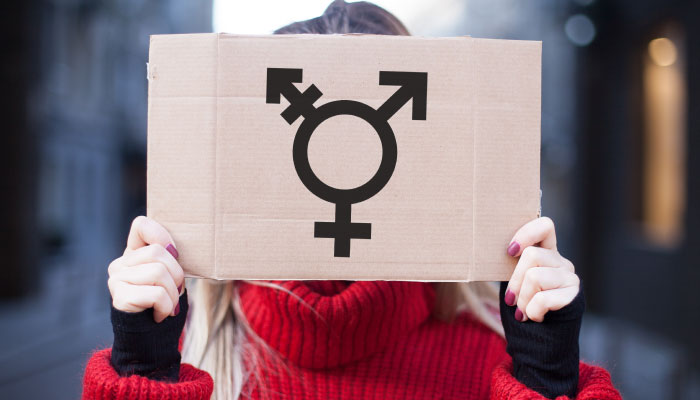Research shows plainly that transgendered students experience stigma, prejudice, and discrimination—daily—both at school and off-campus. Meeting the mental and emotional health needs of transgendered students is your obligation as a professional and a concerned human being, but this work is new for many and fraught with potential pitfalls.
Student affairs expert Dr. Aaron W. Hughey breaks this problem down and offers solutions in his live webinar for Eli Education, “The Transgender Community on Campus: Meeting the Needs of a Growing Population. He reveals the needs of transgender students and the best practices for meeting them.
Data Dearth: How Many Are There?
Educators and administrators grappling with how to handle transgender students in school have little data to work with, reports Education Week. Data on transgendered students are not collected in every state, meaning many educators must, at best, skim data from similar states and translate it to theirs.
“Although it’s generally believed that transgender children make up a relatively small share of the population, advocates surmise some are now more likely to ‘come out’ and transition at younger ages than in years past because of greater public awareness of the issue,” wrote Education Week reporter Evie Blad.
About 0.7 percent of teens in the U.S. identify as transgender, meaning that about 150,000 fall into the category, found a study conducted by researchers at the University of California at Los Angeles.
State by state, there were an estimated 22,200 transgender students in California, but less than 200 in Wyoming, noted the New York Times.
Regardless of where they live, those students are subject to “extremely high levels of victimization, even more so than their non-transgender lesbian, gay, and bisexual peers,” noted GLSEN.
More Accommodations on the Horizon
Acceptance of transgendered students differs by campus, with some being friendly and accommodating and others practicing open hostility—even requesting exemption to federal civil rights law Title IX.
Title IX spells out the rights of all students at public institutions, including:
- The right to be treated according to one’s gender identity;
- The right to use bathrooms according to identity;
- The right to join or start an LGBT club; and
- The right privacy.
But the trend among higher ed institutions is to begin stamping out policies and practices that are discriminatory.
Slowly, Inside Higher Ed has reported, things are changing in favor of acceptance and accommodation. “Many people don’t notice if a restroom is labeled gender neutral,” the paper wrote. “To a transgender student, though, that sign could make the difference about whether they deliberately dehydrate to avoid using the bathroom.”
And it’s not just campus bathrooms that need revamping—campus-wide efforts, even small ones, to include transgender students can pay off significantly. For instance, “[a] campus doctor asking transgender students their preferred pronoun could reassure them enough to return if they suffer a medical emergency,” Inside Higher Ed explained.
4 Small Steps to Big Results
While the issue may be tricky for some, the tenets are pretty basic. Lambda Legal suggests officials:
- Use inclusive language;
- Create an affirming environment;
- Create a forum for antiviolence discussions; and
- Avoid assumptions about the community.
“We live in a society that often rewards people who fall into one category or another—male or female, masculine or feminine—and often discriminates against those who do not,” Lambda Legal said. “When communicating with transgender students, you can try to think from their perspective.”
That’s why it’s imperative to understand the mental, emotional, and social needs of your transgender students, says Hughey.



